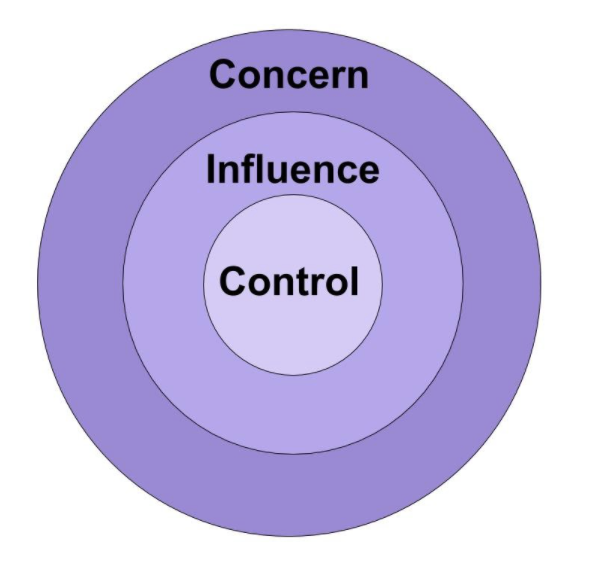Session 48: Barriers, Opportunities, and Commitments
25 minutes
discussion-based
Purpose
The equity focused discussions throughout the week have all been building up to this session where participants will be asked to make a commitment related to equity in CS education. The goal is for participants to leave this session with a concrete plan for how they will make progress towards the goal they have committed to. This plan will be revisited during the academic year workshops.
Objectives
- Identify barriers in their classrooms, school, and teaching practice that limit access, diversity, and inclusion in CS
- Determine which of those barriers they have the power to influence
- Identify concrete and reasonable strategies to address the barriers they have the power to influence
- Describe the commitment they will pursue in support of equity in CS, and the strategies they will use to support that commitment
- Define the support they will need to pursue that commitment.
- Identify the measurement(s) they will use to track progress toward the commitment
Supplies & Prep
Room Setup:
- Full Cohort

- Table Groups (pairs)

Facilitator Supplies and Prep:
Teacher Materials:
- Journal
Agenda
Barriers and Opportunities (25 minutes)
Facilitation Guide
Barriers and Opportunities (25 minutes)
(5 minutes) Concern - Influence - Control 
Remarks
Throughout the week we have been reflecting on equity in CS education. Earlier this morning we acknowledged that as CS educators, we all have a responsibility to work towards reducing the CS equity gap. Yesterday we focused on systemic barriers that impact access, diversity and inclusion in CS. We have limited control over systemic barriers, however, we do have control over barriers within our own classrooms and possibly even barriers that exist within our schools.
Facilitator Tip
The graphic shows a visual for the Concern-Influence-Control model. In general, what we are "concerned" about is much larger than what we can "influence" and/or "control". Likewise, what we can "control" is smaller than the things we can "influence". This session is intended to help participants let go of the barriers that they cannot control in order to make space to address the things they do influence or control.
The facilitator uses slides to introduce the concern - influence - control framework highlighting examples at each level.

In order to prompt robust conversation in the upcoming activity, the facilitator shares examples for each category either from their own experience or examples they have heard from previous participants.
Examples:
- Concern - some students don’t have computers at home
- Influence - students are pulled out of CS class for additional services
- Control - students are being exposed to curriculum materials that reinforce stereotypes about who belongs in CS
Producer Tip
Prepare to put participants in pairs, which you will reuse later in the activity.
(8 minutes) Reflection 
Remarks
Now we are going to brainstorm barriers that fit into each of the following categories.
- Concern: things that I am concerned about, but cannot really influence
- Influence: things that I may be able to influence, but I cannot control
- Control: things that I have the power to control
Remarks
First will reflect individually, then we will break into partner groups to discuss. As you brainstorm, add your barriers to the slides.
- (2 minutes) Think: individual reflection
- (6 minutes) Pair: discuss with a partner
(12 minutes) Opportunities 
Remarks
Now that we have identified some barriers, we recognize that within every barrier there is opportunity for change.
Consider the following prompt
Prompt: Select one barrier that is within your power to influence and one barrier that is within your power to control. What concrete actions can you take to reduce or remove each of those barriers for your students?
Discussion Goal
During the share out, try to draw out themes that you are hearing and connect those themes to concrete strategies that participants might use to overcome those barriers. This share out will prime participants to make a commitment and a plan.
Remarks
After a couple of minutes of reflection, we will rejoin our partner groups and consider opportunities for change based on the barriers we have identified. Be prepared to share out when we come back.
- (1 minutes) Think: individual reflection
- (6 minutes) Pair: discuss with a partner
- (5 minutes) Share: share with the group